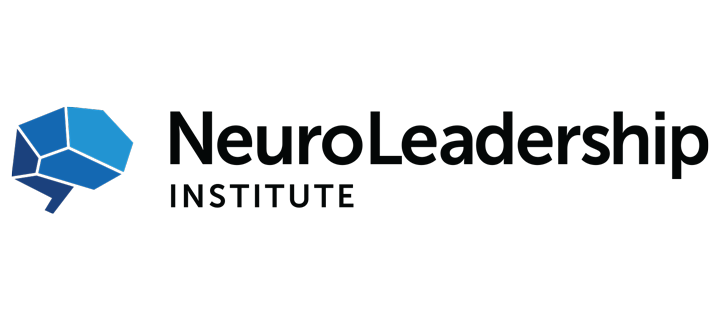ATD Blog
Equity Explained: What It Is and How We Go About Creating It
Mon May 10 2021

Increasingly, equity is finding its way into conversations, organizations, and acronyms across the world.
But there’s a lot of noise and many misconceptions about what equity means and how to achieve it. As a result, many leaders aren’t quite sure how to define, develop, or deploy the E in DEI or diversity, equity and, inclusion.
Below we’ve answered some common questions about equity.
What Is Equity?
Systemic inequities exposed (and exacerbated, in many cases) by the pandemic, coupled with a renewed and intensified national conversation about racial injustice, have contributed to the current focus on equity.
Equity is defined as “the absence of systematic disparities . . . between groups with different levels of underlying social advantage/disadvantage—that is, wealth, power, or prestige.”
By systematic, we mean intentional, formal, explicit forms of oppression like the laws enforced during the Jim Crow Era in the American South. Systematic oppression is visible.
But systematic oppression’s legacy is systemic disparity, which manifests in numerous ways, like the dearth of diverse corporate chiefs or the widening generational wealth gap between people of color and white people. Systematic racism is embedded into society’s institutions and organizations, influencing policies in ways that are invisible to the dominant culture.
Equity seeks to remedy these disparities by taking into account advantage and distributing resources to achieve equal outcomes.
How Is Equity Different From Equality?
While equality assumes that all people have access to the same advantages and opportunities, equity acknowledges that individuals have varying degrees of access to resources and opportunities and seeks to distribute resources to achieve equal results.
Put simply, while equality is aspirational, equity is actionable.
How Does Equity Relate to Diversity and Inclusion?
We understand it as this:
Diversity is about individuals. It’s about creating a workforce of people from different races, cultures, ideologies, sexualities, socioeconomic backgrounds, cognitive processes, approaches to work, and so on.
Inclusion is about the relationship between individuals—that is, how people interact. It’s about creating an organization where all voices are invited to contribute by sharing their individual and diverse ideas and discussing the ideas of others.
Equity acknowledges—and seeks to address—systemic inequity. The benefits of a diverse and inclusive workforce—improved engagement, increased innovation, and reduced turnover—are well documented. Institutionalizing equity by developing and deploying policies that counterbalance varying degrees of advantage can help organizations reap those benefits.
How Is Equity Processed in the Brain?
Our brains are highly attuned to social information, and we’re sensitive to five categories of social threat and reward in particular: status, certainty, autonomy, relatedness, and fairness. Research shows that when the brain registers a social threat in one of these five domains, it responds similarly to physical pain or disgust. Neuroscientists call it a threat response.
The threat response is mentally taxing and has numerous performance-limiting effects. The response diverts oxygen and glucose from the blood away from other parts of the brain, including the prefrontal cortex, which processes new information and ideas. This impairs analytic thinking, creative insight, and problem solving.
Inequity is essentially a fairness threat. It’s painful and can debilitate how we think, work, and communicate.
How Do Institutions Create Equity?
The short answer: allyship.
Allyship is the practice of being aware of one’s advantaged position and using it in a specific domain to support and include people in less advantaged positions. In essence, allyship intentionally leverages advantage to create equity.
You've Reached ATD Member-only Content
Become an ATD member to continue
Already a member?Sign In

